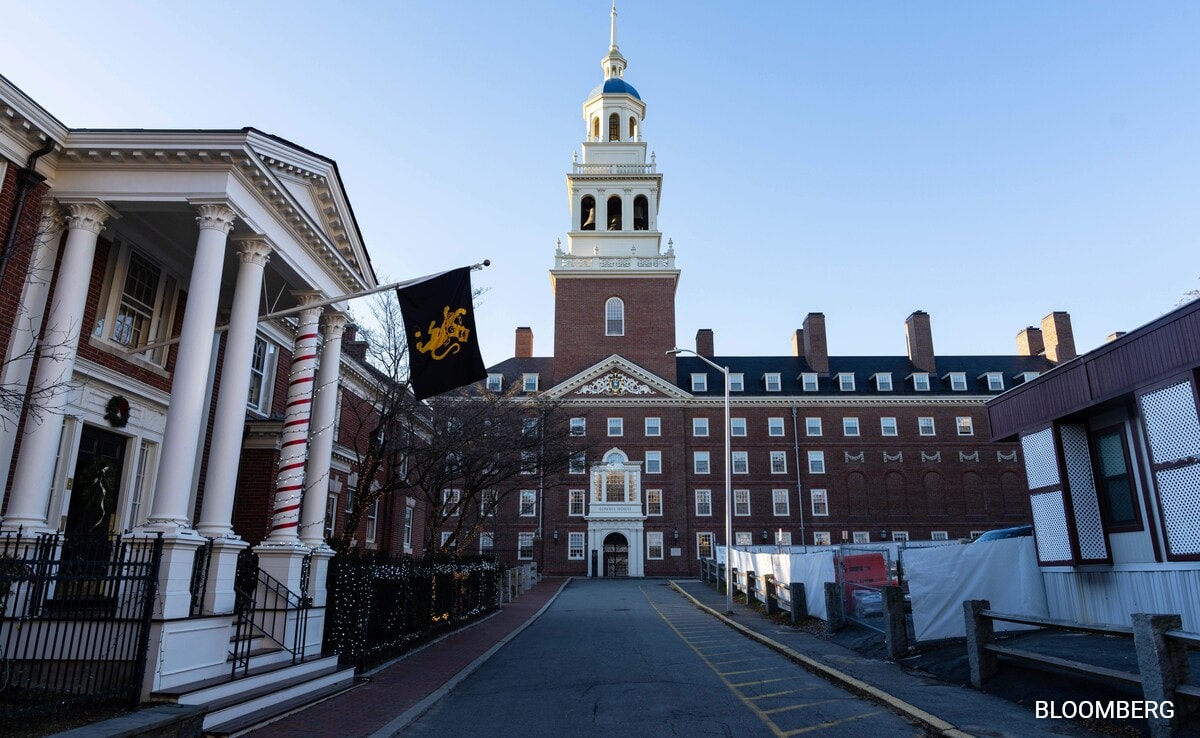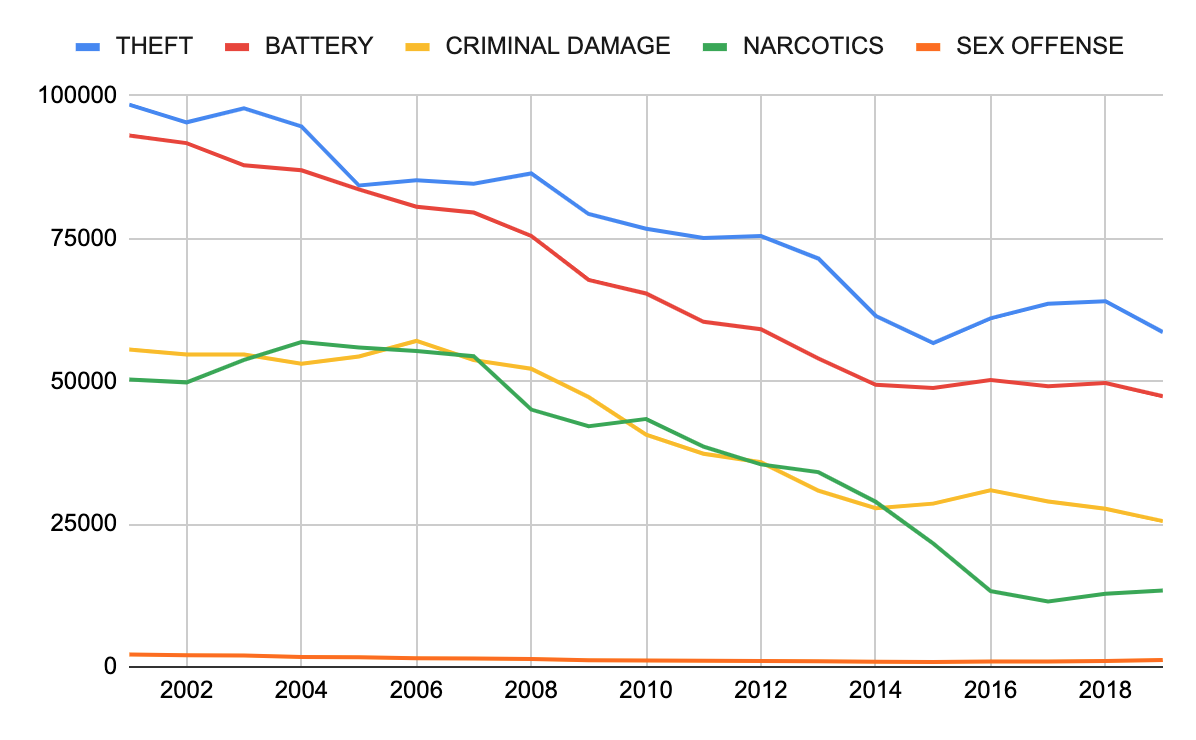Trump's Harvard Funding Threat: A Shift To Trade Schools?

Table of Contents
The Potential Impact of Reduced Funding for Elite Universities
Decreased Enrollment at Elite Institutions
Reduced federal funding for elite universities like Harvard could lead to decreased enrollment due to increased tuition costs. Funding cuts directly translate to higher tuition fees for students, potentially pricing many out of the market.
- Increased student debt: Students will face even higher levels of debt upon graduation, potentially impacting their long-term financial stability and career choices.
- Reduced financial aid: Funding cuts could lead to reduced financial aid packages, further limiting access for low-income students and increasing the financial burden on families.
- Potential shift in student demographics: The cost barrier could disproportionately affect underprivileged students, potentially leading to a less diverse student body at elite institutions.
Increased competition for the remaining spots will also likely occur, making admission even more challenging for prospective students. The impact on accessibility for underprivileged students is a serious concern that needs addressing.
Reallocation of Resources
Universities facing funding cuts will need to reallocate resources, potentially leading to significant changes within the institution.
- Potential cuts to research funding: Research programs, a crucial aspect of higher education, could face significant budget reductions, impacting innovation and scientific advancements.
- Increased reliance on private donations: Universities may become increasingly reliant on private donations, potentially shifting their priorities to appease wealthy donors rather than focusing solely on academic excellence.
- Changes in program offerings: Some less profitable or less popular academic programs may be cut altogether, leading to a narrower range of educational opportunities for students.
These resource reallocations could significantly impact academic programs and research opportunities, potentially hindering the advancement of knowledge and innovation.
The Rise of Trade Schools and Vocational Training
Increased Demand for Skilled Workers
The current job market experiences a significant skills gap, with a growing need for skilled tradespeople in various sectors.
- Construction: The construction industry consistently requires skilled workers such as electricians, plumbers, and carpenters.
- Manufacturing: Advanced manufacturing techniques demand a skilled workforce proficient in operating and maintaining sophisticated machinery.
- Technology: The tech sector requires skilled technicians specializing in areas like network administration and cybersecurity.
- Healthcare: The healthcare industry needs trained professionals such as medical assistants and technicians.
Vocational training programs offer a direct path to address this skills gap by equipping individuals with the practical skills employers demand.
Attractiveness of Trade Schools
Trade schools and vocational training programs offer several advantages over traditional four-year universities.
- Shorter training programs: Trade school programs are typically shorter and more focused, allowing students to enter the workforce faster.
- Lower tuition costs: Tuition costs at trade schools are generally lower than at four-year universities, reducing the financial burden on students.
- Immediate job prospects: Graduates from trade schools often have immediate job prospects due to the high demand for skilled tradespeople.
- High employment rates: Trade school graduates typically have higher employment rates compared to some university graduates.
- Competitive salaries: Skilled tradespeople often earn competitive salaries, reflecting the value of their expertise.
- Less student debt: The lower tuition costs and shorter program lengths lead to significantly less student loan debt.
These factors make trade schools an increasingly attractive alternative to traditional higher education for many students. An increase in applications and enrollment is therefore a likely consequence.
Government Initiatives Supporting Vocational Training
In response to the potential shift, the government may implement initiatives to further support trade schools and vocational training.
- Increased funding for apprenticeships: Government investment in apprenticeship programs can provide more opportunities for hands-on training and mentorship.
- Grants for vocational training programs: Grants can help trade schools expand their facilities, improve curriculum, and hire qualified instructors.
- Tax incentives for employers hiring trade school graduates: Tax breaks can encourage employers to hire graduates from vocational training programs, creating more job opportunities.
Long-Term Effects on the Job Market and Economy
Addressing the Skills Gap
A shift towards trade schools could significantly contribute to bridging the skills gap and improving the overall economy.
- Increased workforce productivity: A workforce with the necessary skills leads to increased productivity and efficiency across various sectors.
- Improved economic competitiveness: A skilled workforce enhances a nation's economic competitiveness on the global stage.
- Creation of high-skilled jobs: Investment in vocational training can stimulate the creation of new high-skilled jobs in various industries.
This focus could lead to increased innovation and economic growth by directly addressing the needs of the labor market.
Potential Challenges
While a shift towards trade schools offers significant advantages, there are potential challenges to consider.
- Need for more qualified instructors: Ensuring sufficient numbers of qualified instructors is crucial to maintaining the quality of training programs.
- Ensuring quality of training programs: Maintaining high standards across all vocational training programs is essential to ensure graduates possess the necessary skills for employment.
- Addressing potential biases in career choices: Efforts must be made to ensure that vocational training is promoted equally to all students, regardless of background or gender.
Overcoming these challenges requires proactive planning, investment, and collaboration between government, educational institutions, and employers.
Conclusion
Trump's threat to Harvard funding, while controversial, might inadvertently accelerate a much-needed shift towards prioritizing trade schools and vocational training. This change could potentially lead to a more balanced and robust workforce, addressing the skills gap and boosting economic growth. However, careful planning and substantial investment are necessary to ensure the quality and accessibility of vocational training programs.
The debate surrounding Trump's Harvard funding threat highlights the urgent need for a comprehensive strategy to support both higher education and vocational training. Let's discuss the future of education and explore effective ways to address the skills gap, ensuring that all students have access to high-quality educational opportunities that best suit their individual aspirations. Learn more about the potential impact of this funding threat on the future of education and vocational training. #TradeSchools #HarvardFunding #SkillsGap #VocationalTraining

Featured Posts
-
 Analyzing The Cubs Vs Diamondbacks Matchup Prediction And Analysis
May 28, 2025
Analyzing The Cubs Vs Diamondbacks Matchup Prediction And Analysis
May 28, 2025 -
 Italian Open Sinners Positive News Amidst Doping Ban
May 28, 2025
Italian Open Sinners Positive News Amidst Doping Ban
May 28, 2025 -
 Chicago Crime Rate Behind The Recent Unexpected Decrease
May 28, 2025
Chicago Crime Rate Behind The Recent Unexpected Decrease
May 28, 2025 -
 Stowers Grand Slam Marlins Secure Victory Extending Hot Streak
May 28, 2025
Stowers Grand Slam Marlins Secure Victory Extending Hot Streak
May 28, 2025 -
 Mc Kenna Injury Update Philogene Blow For Ipswich Town
May 28, 2025
Mc Kenna Injury Update Philogene Blow For Ipswich Town
May 28, 2025
